Solving the Sedum vs Kalanchoe Succulent Puzzle
Succulents are the hot new plant trend, popping up in homes everywhere. But telling apart some succulent varieties can feel like solving a tricky puzzle! Two favorites that often get mixed up are Sedum and Kalanchoe. Don’t worry, we’re here to crack the code on these curvy cuties.
Both are succulent superstars, with thick, juicy leaves that store water like a plant’s own little reservoir. But as you’ll see, they each bring their own unique charms to the succulent scene. Get ready to become a Sedum vs Kalanchoe plant expert!
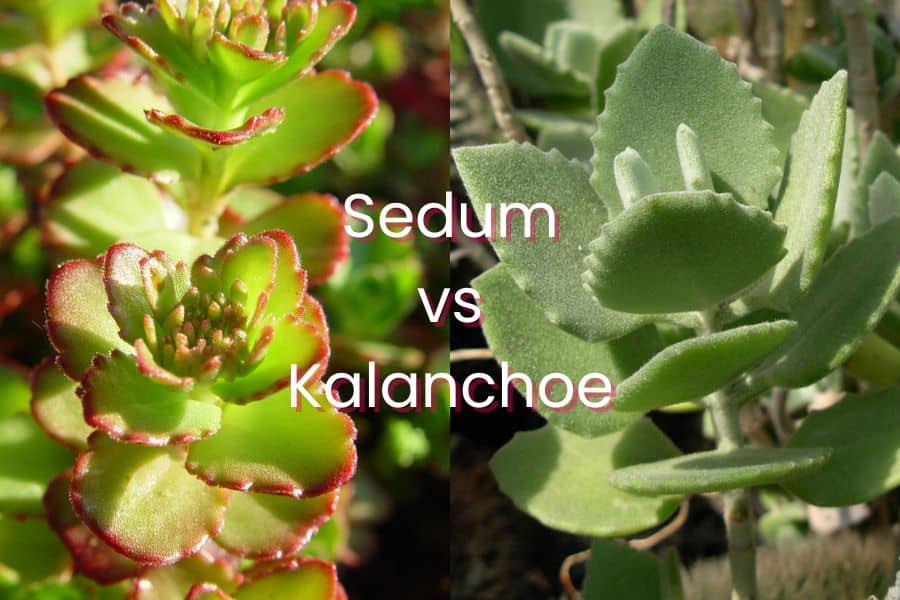
Contents
Sedum vs Kalanchoe: Differences
1. Origin
Sedum plants mainly tend to have their origins in parts of Africa and South America. Plants belonging to this genus tend to prefer subtropical and temperate climates along with sandy, well-draining and coarse soil.
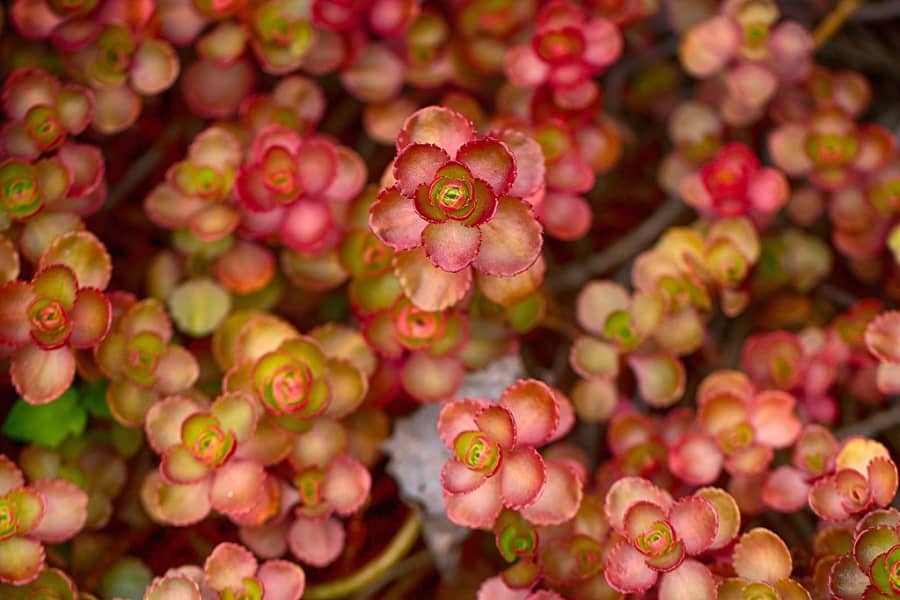
Related Post:
130+ Attractive Sedum Varieties [With Pictures]
Plants belonging to the Kalanchoe genus, on the other hand, are primarily native to the tropical regions of Africa and the island of Madagascar where there is rough and sandy soil.
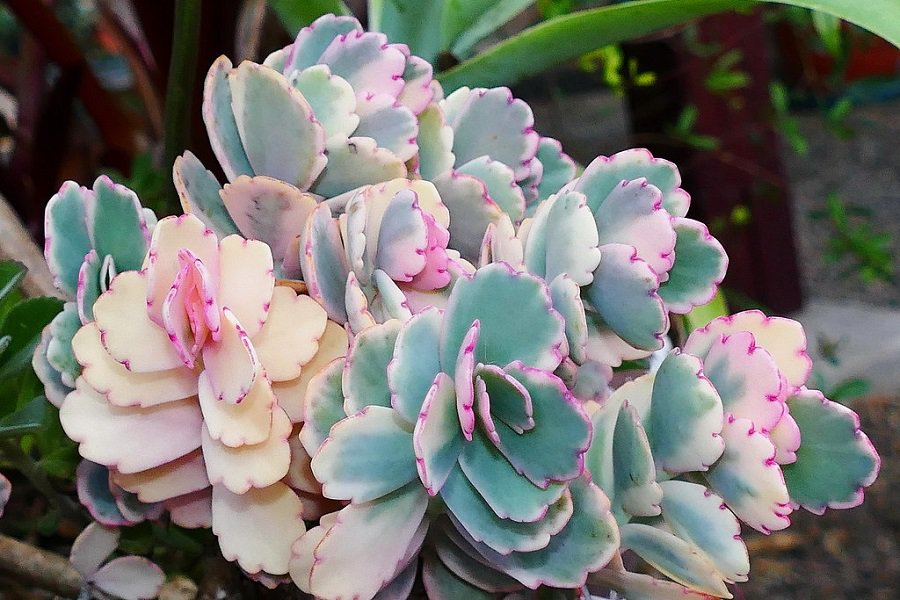
Related Post:
40+ Kalanchoe Lower Classifications [With Pictures]
2. Uses
There are differences between the two genera in terms of what their cultivation can be used for. In this case, plants of the Sedum genus tend to have a lot more diverse uses. For instance, they are used for ornamentation, freshening the air, making roof shelters and even as food in some rare cases.
Kalanchoe plants are mainly only used for the purpose of ornamentation as house or garden plants. However, studies have also shown that this plant has many medicinal uses including treating insomnia, arthritis, anxiety, and depression. It also strengthens the immune system, detoxifies the body, and improves mental health.
Related Posts:
16 Remarkable Health Benefits of Kalanchoe
3. Appearance
In terms of appearance, there are quite a few differences between the two genera, even more so when you count all the species and varieties belonging to each of them.
Sedum plants usually remain closer to the ground, with some of them growing as creeping plants. The leaves are typically small, thick and green, as are the stems. Multiple small flowers grow in clusters at the top of the stem. There used to be tall Sedum varieties, but these have been reclassified to the Hylotelephium genus.
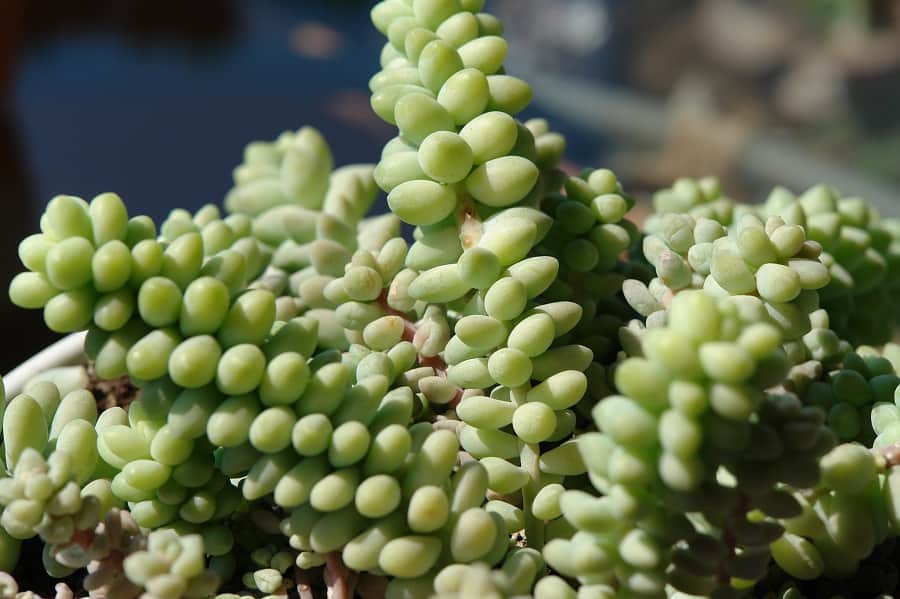
Kalanchoe plants usually have larger leaves than Sedum plants. They usually form stacks or rosettes and tend to bloom forth flowers of various colors. The leaves of some species are also fuzzy.
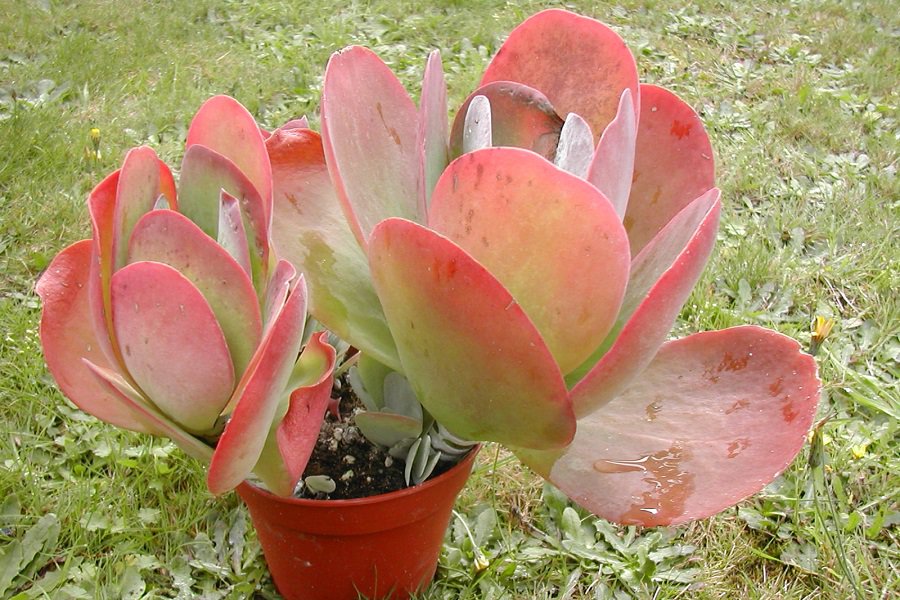
4. Flowering
The flowers of Sedum plants have five petals and a large number of stamens, making them look like stars. These flowers usually bloom in the months of summer and fall in clusters atop a stem.
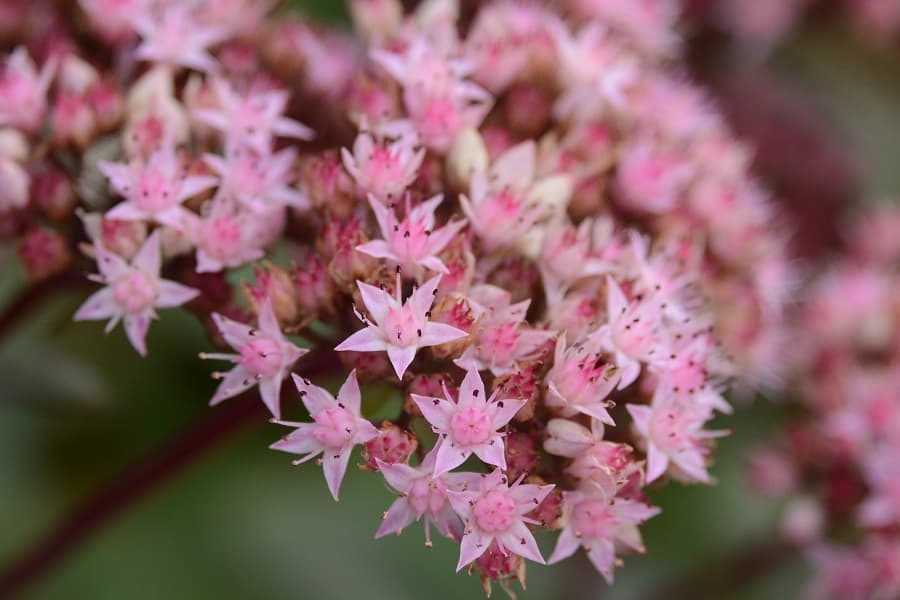
The flowers of Kalanchoe plants tend to have four different sections and several stamens. Their colors can vary. These flowers usually bloom in the months of spring and can continue into the summer and fall months too.
5. Growth Conditions
Sedum plants usually thrive better in USDA zones 5-9 and enjoy bright but indirect sunlight. Kalanchoe plants, on the other hand, can grow better in USDA zones 10-12.
Sedum vs Kalanchoe: Similarities
As different as they seem to be, these two genera share a few similarities as well. Take a look.
1. Family
Both Sedum and Kalanchoe genera actually belong to the same family known as the stonecrop or Crassulaceae family. This family essentially features thick leaves and flowering plants that bear fewer petals than stamens.
These plants are usually perennial, although there can be some differences based on the genus and species. These are usually grown in homes or gardens for ornamentation and because of their simple care requirements.
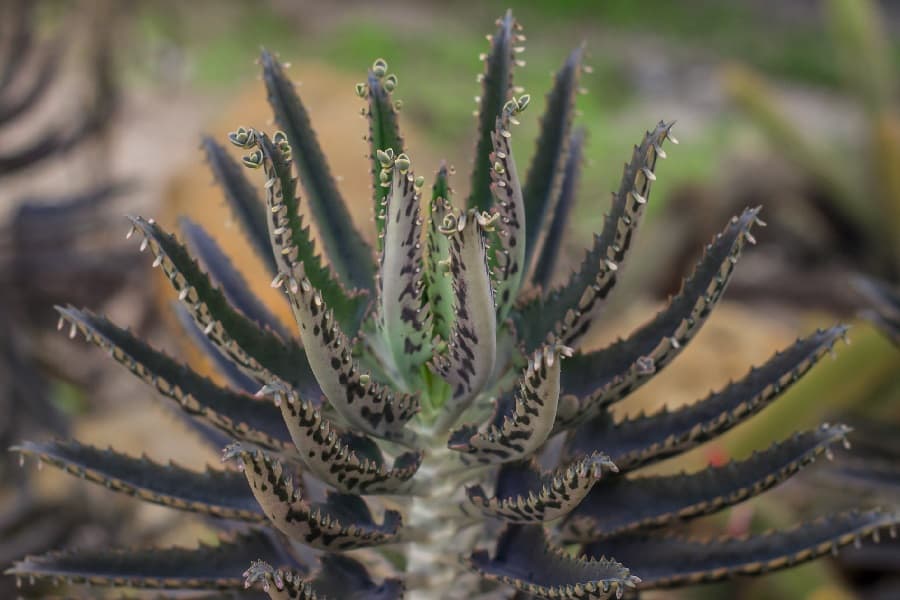
2. Succulent Leaves
Plants of both genera have thick and fleshy leaves, making them succulent in nature. These leaves can store water for drier climates, which is why neither of these plants requires too much watering.
In general, the leaves of Sedum plants tend to be smaller in size, while those of Kalanchoe are quite large.
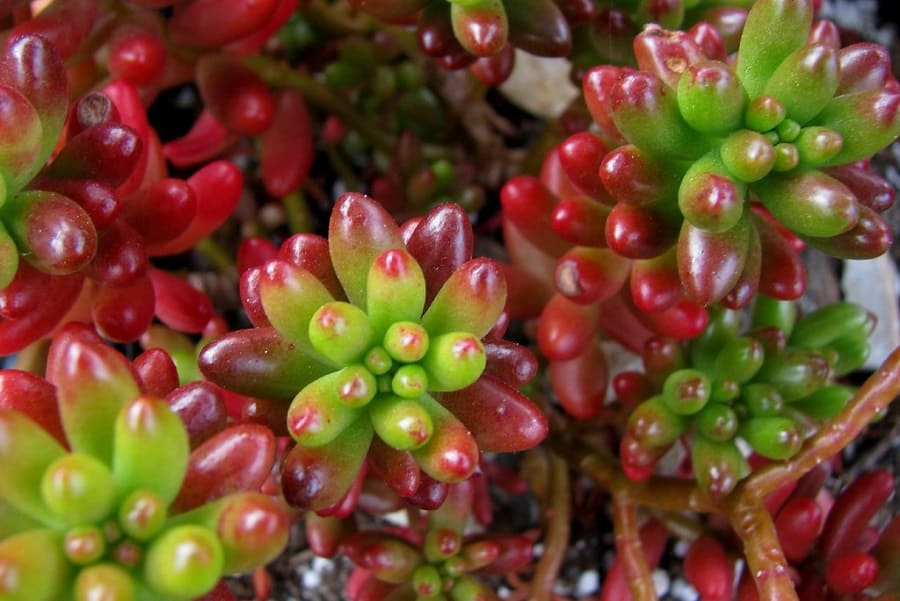
Related Posts:
Sedum vs Echeveria
Sedum vs Crassula
Sedum vs Sempervivum
Kalanchoe vs Calandiva
How to Care for Sedum and Kalanchoe
Sedum Care Tips:
- Use a well-draining soil mix with coarse elements like perlite or sand (about 1 part to 3 parts potting mix)
- Provide bright, indirect light – too much direct sun can scorch the leaves
- Allow soil to fully dry out between waterings, then soak thoroughly (about every 2-3 weeks)
- In spring, give a boost with a balanced liquid fertilizer diluted to 1/4 strength
- Avoid overwatering which can lead to rot and fungal issues
- Be on the lookout for common pests like mealybugs and treat promptly
Kalanchoe Care Tips:
- Bright, direct light is best – give about 6 hours of sun per day
- Well-draining cactus/succulent soil mix is ideal
- Water thoroughly only once the soil is completely dry (every 4 weeks or so)
- Soil should drain fully and never stay soggy
- Provide some afternoon shade if summers are sweltering
- Grooming off dry/dying leaves helps the plant look its best
- Less water when dormant in winter
With just a little know-how, you’ll be a Sedum and Kalanchoe succulent pro! Nail their basic care and these low-maintenance plants will be thriving.
